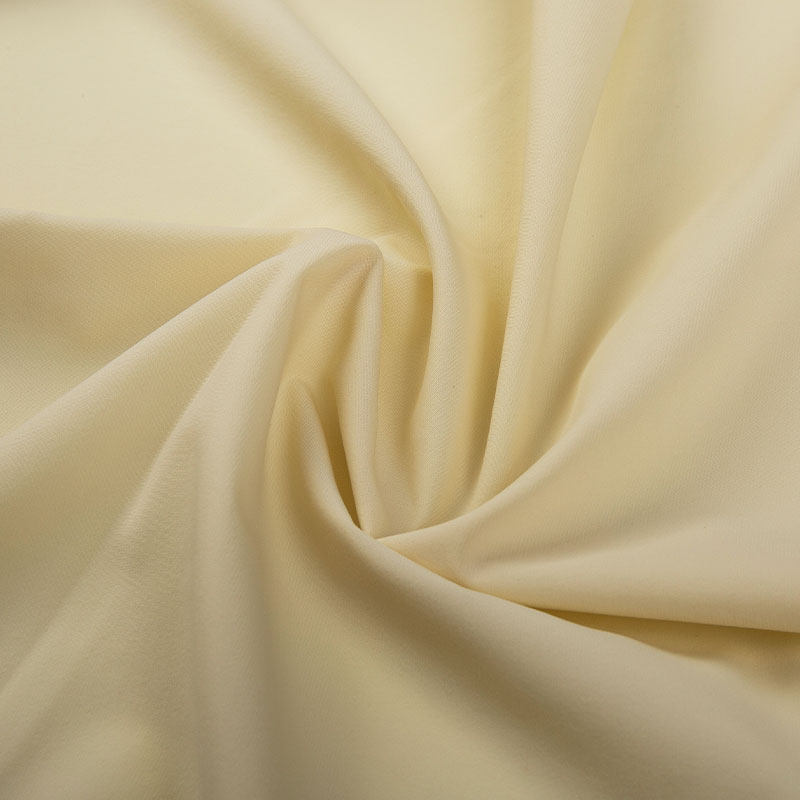When choosing a winter puffer coat fabrics, one of the most critical factors to consider is the type of insulation used, particularly when comparing polyester fill to down fill. Both materials serve the primary function of providing warmth, but they do so in different ways, with distinct advantages and limitations that can influence your decision based on various factors including performance, cost, and personal needs.
Polyester fill is a popular insulation choice for budget-conscious consumers and those seeking a reliable option without the higher price tag associated with down. Polyester is a synthetic fiber that traps heat effectively through its structure, creating a layer of warmth around the body. It excels in moisture resistance, making it a practical choice for wet conditions, as it retains its insulating properties even when damp. This makes polyester fill particularly advantageous for users who frequently encounter snow or rain. Additionally, polyester is durable and generally more resistant to compression, which helps maintain its insulating efficiency over time.
In contrast, down fill, derived from the soft under feathers of ducks or geese, is renowned for its exceptional warmth-to-weight ratio. Down is highly compressible, meaning it can provide substantial insulation while remaining lightweight and packable. This makes it an ideal choice for those needing high warmth with minimal bulk. The primary drawback of down, however, is its susceptibility to moisture. When wet, down loses much of its insulating ability and takes longer to dry, which can compromise its effectiveness in damp conditions unless treated with a water-resistant coating.

The decision between polyester and down fill also involves considerations of cost and maintenance. Polyester-filled coats are often more affordable and easier to care for, as they can usually be machine-washed and dried without losing their insulating properties. Down-filled coats, while often more expensive, require more delicate handling to preserve their insulating capabilities, often necessitating specialized cleaning.
Historically, the evolution of puffer coat insulation reflects advancements in material science and changes in consumer needs. Early puffer coats predominantly used down for its superior warmth, but as synthetic fibers like polyester developed, they offered more affordable and practical alternatives. Today, high-performance synthetics and advanced treatments aim to combine the best aspects of both materials, addressing concerns related to moisture and durability.
The choice between polyester and down fill depends on personal priorities and the specific conditions in which the coat will be used. Polyester is a robust and cost-effective option suitable for a range of weather conditions, particularly where moisture is a concern. Down offers unparalleled warmth and compressibility, ideal for extremely cold, dry conditions where weight and bulk are significant considerations. Understanding these differences will help you select the insulation that best meets your needs for warmth, comfort, and functionality.

 English
English Español
Español Deutsch
Deutsch Français
Français












